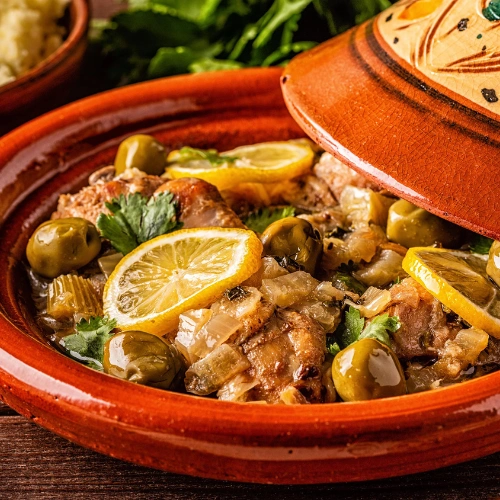
The Timeless Imperial City : Fez
Discover Fez :
Step into Fez, Morocco’s oldest imperial capital and the most complete medieval city in the Arab world. A place where history lingers in every alley, Fez blends ancient traditions with a dynamic modern heartbeat.
Architectural Wonders :
Fez’s unique charm lies in its rich architectural heritage. Explore:
- Fes el-Bali: The old Medina, where time stands still.
- Quaraouiyine Mosque: A historic site of intellectual and spiritual significance.
- Medersa Bou Inania: Marvel at intricate mosaics and craftsmanship.
- Jardin Jnan Sbil: A peaceful garden oasis in the heart of the city.



A Culinary Journey :
Fez is a food lover’s paradise. Indulge in:
- Authentic dishes: Tagines, pastilla, snail soup, and harira.
- Street food gems: Savor brochettes, zaalouk, and refreshing sugarcane juice.
- Moroccan sweets: Treat yourself to almond briwat and mint tea.
Feel the Rhythm :
Fez is alive with music and festivals:
- Sacred World Music Festival: A celebration of global spirituality through sound.
- Andalusian melodies: Discover the poetic rhythms of Morocco’s Moorish heritage.
- Gnawa beats: An Afro-Moroccan fusion that resonates through the medina’s streets.










Explore Beyond Fez :
Nearby treasures await:
- Meknes: Another imperial gem with its own unique charm.
- Sefrou: Famous for its cherry festival and natural beauty.
- Moulay Idriss Zerhoun: A sacred town steeped in history.
Experiences You’ll Love :
- Guided Tours: Dive into Fez’s story in the language of your choice.
- Cooking Classes: Learn the secrets of Moroccan cuisine and spices.


